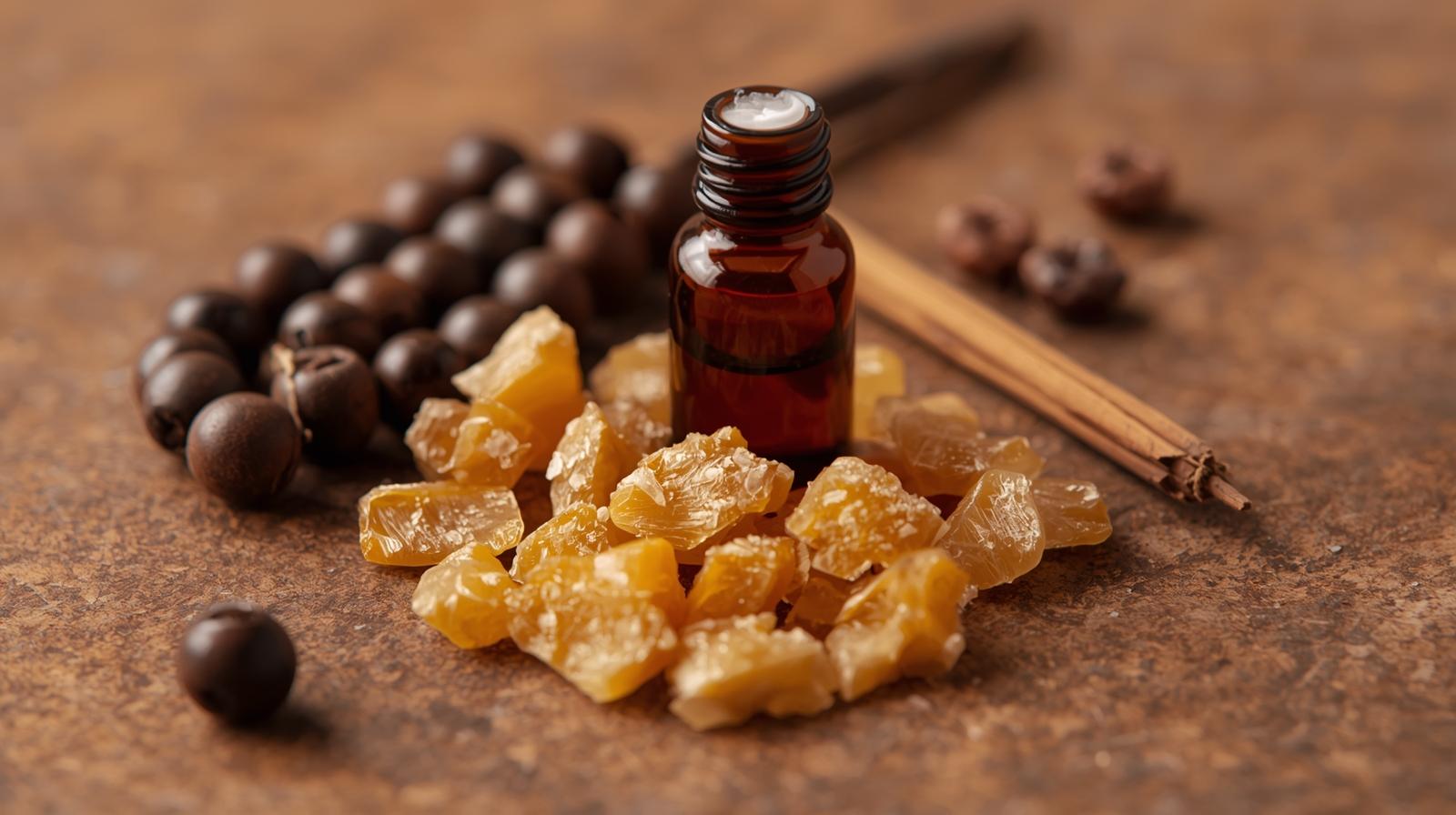Are you looking for homemade Natural cures for eczema? Do you suffer from this skin condition or wonder what it is? Eczema is a general term for many types of skin inflammation, also known as dermatitis. The most common form is atopic dermatitis, however, there are many different forms.
Tea Tree Oil Benefits Skin
About Tea Tree Where do Tea Trees Grow? Tea tree or also known as Melaleuca which is part of the Myrtle family. There are several species so depending on the species Tea tree will grow as a shrub of 2 meters of so or a tree as tall as 30 meters. The tea tree is…
How to use Essential Oils
Mother Natures Gift Essential Oils for Healing Man’s first medicines were essential oils Essential oils are a gift from mother nature.
Cedarwood Essential Oils
Egyptians and Greeks have used cedar oil since ancient times The word Cedar in ancient times means “the power of spiritual strength” and it was the symbol of continued faith. Cedarwood Essential Oil comes from the Red Cedar (juniperus virginiana) in North America, in Morrocco the species is Cedrus atlantica.
How to make soap from coconut oil
Coconut oil for making cold process soap AND getting all those bubbles Coconut Oil for making cold process soap adds special qualities that not every carrier oil has.
Coconut Oil and Skin Care
Coconut Oil Coconut oil is a great natural oil that has antibacterial, antiviral, antioxidant and anti-inflammatory properties. The finer the grade of oil the better the properties. 100% raw cold pressed virgin coconut oil has the finest grade.
Frankincense Essential Oil Benefits
Resin and Essential Oils both have ancient healing benefits Frankincense Essential Oil: History, Benefits & Uses Frankincense, also known as Olibanum, comes from the sap of the Boswellia sacra tree, native to regions of Africa, Somalia, and Ethiopia. This small, desert-like tree with thorny branches produces a resin that has been valued for thousands of…
Get Rid of Cold Sore Lips
Are Cold Sores Contagious These cold sore Lips…..the cold sores keep coming back Cold sores continue to come back over and over again, because they are a virus. How can I get rid of cold sore lips? Are Cold Sores Contagious? – Yes they are, they are sometimes called fever blisters, they are caused by…
Best All Natural Sunscreen
There are some really good All Natural Sunscreen on the market now. You don’t have to put chemicals on your body or face to block the suns rays from damaging your skin. There are many natural oils that are skin loving and contain natural sun blocking properties, some of these are:
Natural Hair Growth
Strong Healthy Hair Tips Grow your hair faster longer The average person’s hair will grow about half and inch a month or close to 6 inches a year, but there are people and I know a few that have hair that grows very fast, and others that have very slow growing hair.
